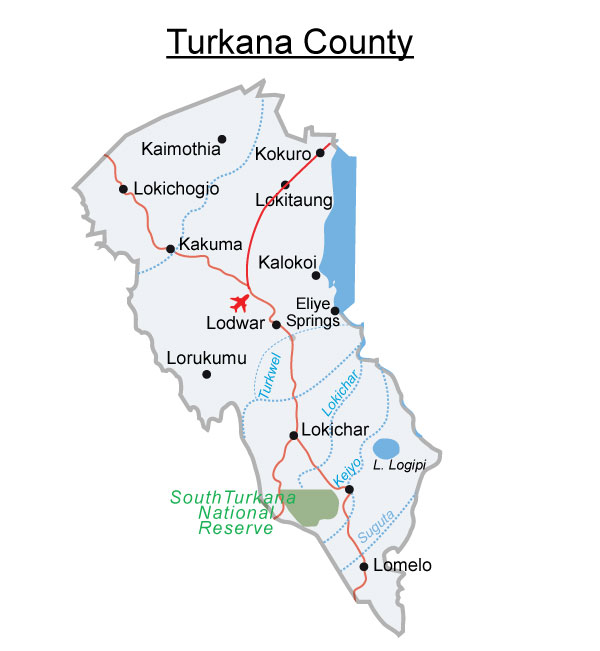Turkana County, located in northwestern Kenya, is a place of remarkable beauty and cultural diversity. From breathtaking landscapes to vibrant communities, this region offers a unique experience for adventurers and culture enthusiasts alike. With its rich history, natural resources, and thriving wildlife, Turkana County is a hidden gem waiting to be discovered. Whether you’re exploring the turquoise waters of Lake Turkana, discovering ancient archaeological sites, or immersing yourself in the local traditions, Turkana County promises an unforgettable journey that will leave you inspired and captivated by its charm.
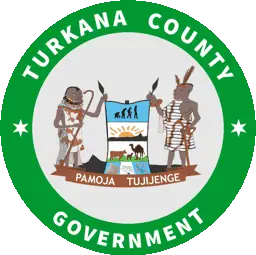
This image is property of i0.wp.com.
Location
Geographical location
Located in the far northwest of Kenya, Turkana County is situated within the Rift Valley region. It covers an expansive area that extends towards the border with South Sudan in the north and Uganda in the northwest. With a unique and diverse landscape, it encompasses a significant portion of Lake Turkana, the largest desert lake in the world. The county boasts a vast expanse of arid and semi-arid land, characterized by stunning rock formations, mountains, and extensive savannah plains.
Neighboring counties
Turkana County shares borders with various counties, each contributing to the cultural and economic diversity of the region. To the east, it is bordered by West Pokot County, known for its agricultural activities. Samburu County lies to the south, characterized by its vibrant Maasai culture. On the west, Turkana County shares a border with the Republic of Uganda and South Sudan, creating opportunities for cross-border trade and cultural exchange.
History
Early history
The history of Turkana County is deeply rooted in the ancient past. Archaeological findings show evidence of early human settlements dating back thousands of years. The county is renowned for sites such as Koobi Fora, which have yielded a rich collection of fossils and artifacts, providing valuable insights into the evolution of mankind.
Colonial era
During the colonial era, Turkana County came under British control. The region’s vast grazing lands attracted the attention of British settlers who engaged in ranching activities. However, the local Turkana people maintained their traditional way of life, preserving their distinctive culture and means of livelihood.
Independence
Following Kenya’s independence in 1963, Turkana County became an integral part of the newly formed Republic. This marked the beginning of a new chapter in the region’s history – one that presented both challenges and opportunities for the Turkana people. The county has since embarked on a journey towards self-governance and economic development.
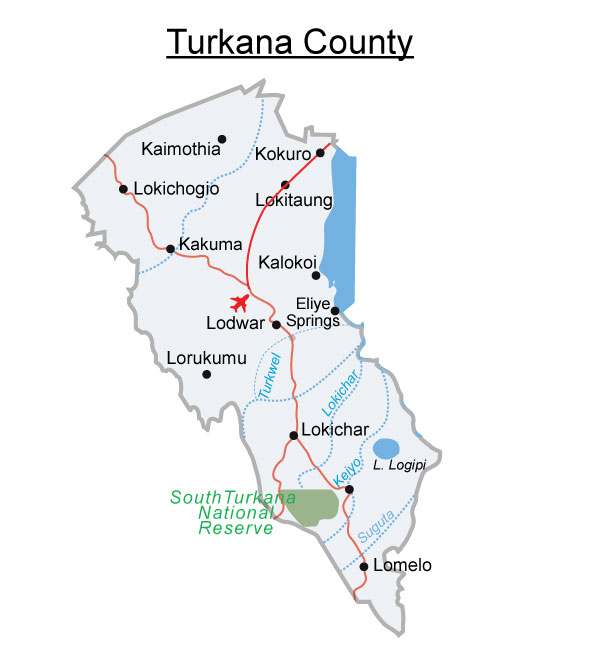
This image is property of elimufeynman.s3.amazonaws.com.
Demographics
Population
Turkana County is home to a diverse population that reflects the cultural tapestry of Kenya. According to recent estimates, the county has a population of approximately 1.5 million people. The population is predominantly rural, with the majority residing in small villages and settlements across the vast county.
Ethnic groups
The Turkana community forms the largest ethnic group within the county and is known for its strong cultural heritage. Other ethnic groups present include the Pokot, Samburu, and Teso. These communities contribute to the social fabric of Turkana County, promoting cultural diversity and interethnic harmony.
Languages spoken
The primary language spoken in Turkana County is Turkana, which belongs to the Nilotic language family. English and Swahili are also widely understood and serve as the main languages of communication in the county. The linguistic diversity adds to the richness of the cultural experience within Turkana County.
Government and Administration
County government
Turkana County operates under a devolved system of government, with an elected governor serving as the head. The county government plays a pivotal role in addressing the needs of the residents and implementing development projects. It collaborates with other levels of government to ensure effective service delivery and promote sustainable growth.
Administrative divisions
For administrative purposes, Turkana County is divided into sub-counties, constituencies, and wards. The sub-counties include Turkana West, Turkana Central, Turkana South, and Turkana North. These divisions facilitate governance and ensure efficient resource allocation within the county.
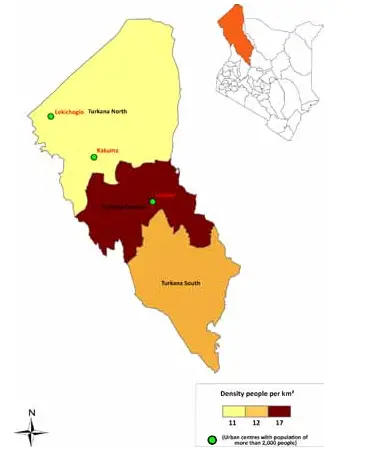
This image is property of opencounty.org.
Economy
Agriculture
Agriculture forms a crucial part of the economy in Turkana County. Despite its arid and semi-arid conditions, the county has implemented innovative irrigation techniques to cultivate crops such as maize, sorghum, millet, and beans. The resilience and resourcefulness of the Turkana people have allowed them to adapt to the demanding climatic conditions and sustain their agricultural activities successfully.
Livestock farming
Livestock farming is a cornerstone of the Turkana economy. The vast grazing lands provide ample opportunities for traditional pastoralism. The Turkana people are renowned for their expertise in livestock management and trade, rearing animals such as camels, goats, sheep, and cattle. Livestock not only serves as a source of sustenance but also contributes significantly to the local economy through both domestic and international trade.
Fishing
Lake Turkana presents a unique opportunity for fishing activities. The lake is abundant in tilapia and Nile perch, which are key sources of protein for the local population. Fishing provides employment and income for many Turkana residents, supporting their livelihoods and contributing to the economy of the county.
Tourism
Turkana County offers a wealth of tourist attractions, attracting visitors from far and wide. The breathtaking landscapes, rich cultural heritage, and unique wildlife make it a haven for adventurers and nature lovers. Tourists can explore Lake Turkana, venture into the fascinating Koobi Fora, immerse themselves in nature at Central Island National Park, and discover the wonders of South Island National Park. These attractions provide a source of revenue and job opportunities for the local population.
Mining
Turkana County is also known for its mineral resources. Oil reserves have been discovered in the county, with ongoing exploration and development projects. The exploration of oil presents both economic opportunities and challenges for Turkana County, requiring careful management to ensure sustainable development and equitable distribution of resources. Additionally, the county has potential for renewable energy sources such as solar and wind power, contributing to a more sustainable future.
Natural Resources
Oil reserves
Turkana County is home to significant oil reserves, making it a potential economic powerhouse in the region. The discovery of oil has opened up opportunities for development, job creation, and increased revenue for the county. However, it also poses challenges in terms of resource management and environmental impact. The responsible and sustainable extraction of oil is essential for the long-term prosperity of the county and the well-being of its residents.
Renewable energy sources
In addition to oil reserves, Turkana County has vast potential for renewable energy sources. The region’s abundant sunlight and strong winds make it suitable for solar and wind power generation. Harnessing renewable energy not only contributes to the county’s energy self-sufficiency but also helps reduce greenhouse gas emissions and combat climate change. Investments in renewable energy projects present a sustainable and eco-friendly path towards economic growth for Turkana County.
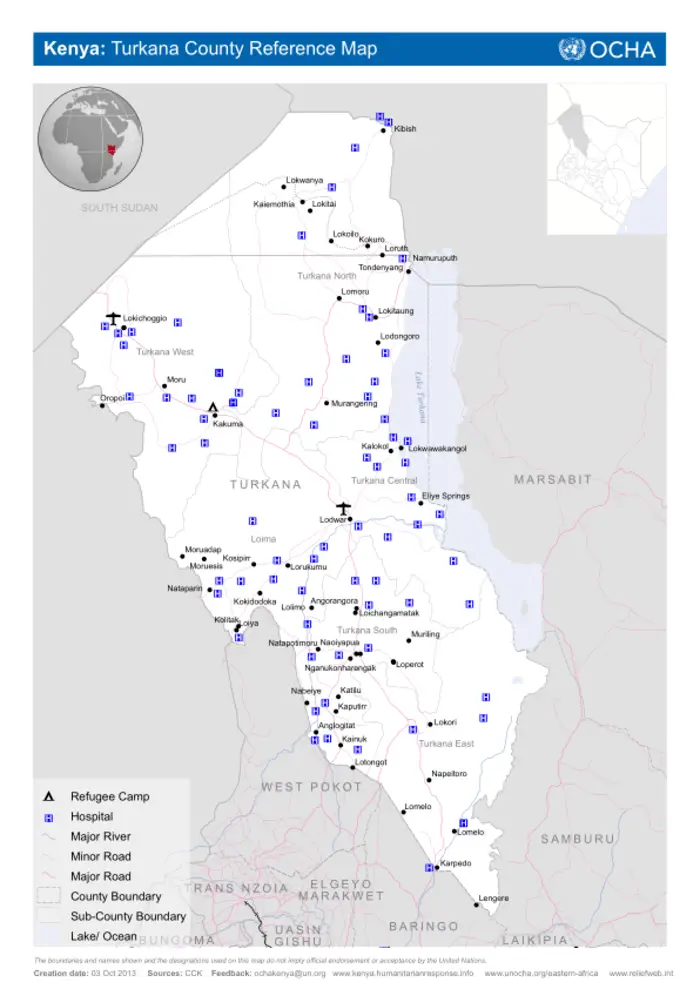
This image is property of reliefweb.int.
Tourist Attractions
Lake Turkana
Lake Turkana is a crown jewel of Turkana County, attracting tourists with its magnificence. Often referred to as the “Jade Sea,” this vast desert lake covers an area of over 6,400 square kilometers. Its crystal-clear waters and stunning surroundings offer visitors a chance to unwind and appreciate the beauty of nature. The lake also supports diverse aquatic life, making it an ideal spot for fishing and water-based recreational activities.
Koobi Fora
Koobi Fora is an archaeological site of global significance. Located on the eastern shore of Lake Turkana, it has yielded numerous fossils and artifacts that have shed light on the evolution of early humans. Scientists and enthusiasts from around the world visit Koobi Fora to witness firsthand the discoveries that have shaped our understanding of human history.
Central Island National Park
Nestled within Lake Turkana, Central Island National Park is a mesmerizing volcanic island. It hosts various volcanic craters, with the most prominent being the Central Island volcano. The island’s dramatic landscapes, including blackened lava flows and scenic viewpoints, entice visitors to explore its unique flora and fauna. Central Island National Park provides an exceptional opportunity for birdwatching, with numerous species of migratory and resident birds dwelling within its boundaries.
South Island National Park
South Island National Park is another captivating destination within Turkana County. It comprises three islands – South Island, Liyabedha Island, and Rusinga Island. The park boasts diverse wildlife, including impalas, warthogs, zebras, and various bird species. With its tranquil surroundings and mesmerizing sunsets, South Island National Park offers a serene getaway for nature enthusiasts and adventure seekers.
Culture
Traditional attire
The Turkana people are renowned for their vibrant traditional attire. Men often wear colorful robes adorned with intricate beadwork, while women don beautifully woven skirts and adorn themselves with beaded jewelry. The traditional attire not only showcases the artistic skills of the Turkana community but also preserves their cultural identity and heritage.
Art and craft
Art and craft play a significant role in Turkana culture. Skilled artisans create intricate beadwork, traditional pottery, and wooden carvings that represent the rich traditions and history of the Turkana people. These unique art forms serve as cultural symbols and tourist souvenirs, contributing to the economic empowerment of local artisans.
Music and dance
Music and dance form an integral part of Turkana culture. The rhythm of traditional Turkana songs and dances resonates with the pulse of the community. Through their music and dance, the Turkana people express joy, celebrate milestones, and share their stories and traditions with the world.
Cuisine
Turkana cuisine reflects the resourcefulness and adaptability of the community in an arid environment. Ugali, a staple maize meal, is often accompanied by goat or camel meat, and a variety of vegetables, including indigenous greens. Traditional Turkana dishes are flavorful and hearty, characterized by the use of local herbs and spices. Visitors have the opportunity to sample the authentic flavors of Turkana cuisine, experiencing the unique culinary traditions of the county.
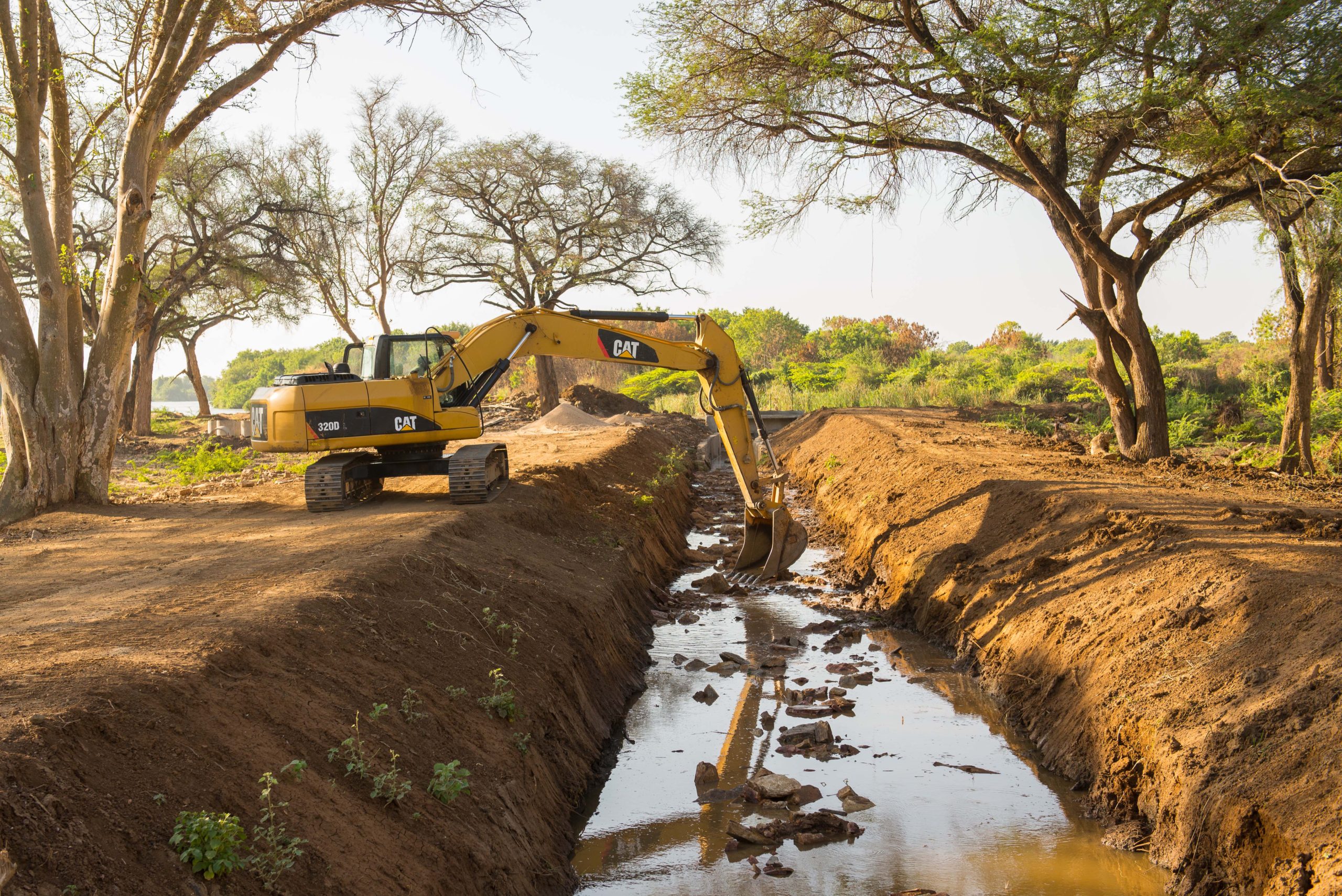
This image is property of www.visitturkanaland.com.
Challenges and Opportunities
Drought and famine
Turkana County faces persistent challenges related to prolonged drought and recurring famines. The arid climate and limited water sources make agriculture and livestock farming challenging. The county government, in collaboration with national and international organizations, implements strategies to mitigate the impact of droughts through water harvesting, irrigation schemes, and emergency relief efforts. These initiatives provide opportunities for sustainable water management and food security.
Limited infrastructure
The vastness of Turkana County poses infrastructure challenges, particularly in remote areas. Limited road networks and inadequate access to essential facilities hinder economic development and service delivery. Efforts are underway to improve infrastructure, such as road construction projects and the expansion of basic amenities, to enhance connectivity and livelihoods for the Turkana people.
Education and healthcare
Access to quality education and healthcare remains a priority for Turkana County. The county government, in partnership with stakeholders, is working towards improving educational facilities and promoting literacy among the residents. Similarly, efforts are being made to enhance healthcare services, including the construction and equipping of health centers, the recruitment and training of healthcare professionals, and the implementation of preventive health programs.
Investment opportunities
Turkana County presents various investment opportunities across sectors such as agriculture, tourism, energy, and infrastructure development. The discovery of oil reserves has attracted significant investments in the energy sector, creating prospects for job creation and economic growth. The county government actively encourages both local and foreign investors to explore untapped potential and contribute to the sustainable development of Turkana County.
Conclusion
Turkana County, with its rich history, diverse culture, and stunning landscapes, offers a unique experience for visitors and residents alike. From the vastness of Lake Turkana to the ancient treasures of Koobi Fora, the county showcases the beauty of nature and the resilience of its people. Turkana County welcomes you to embark on a journey of discovery, embracing the warmth of its culture, exploring its natural wonders, and contributing to its bright future.

